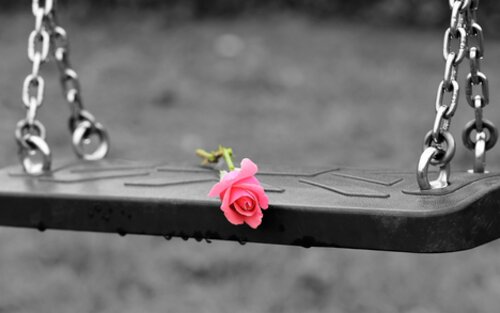Globally, we marked world suicide prevention day on the 15th September 2020 with different activities. Talking about suicide is a difficult conversation but it is so important to have these difficult conversations about mental health with everyone around us to save someone.
According to the World Health Organization, close to 800 000 people die by suicide every year. Furthermore, for each suicide, there are more than 20 suicide attempts. Suicides and suicide attempts not only affect the individuals but also have a ripple effect that impacts on families, friends, colleagues, communities and societies. It is important to remember that suicides are preventable. Much can be done to prevent suicide at individual, community and national levels.
While we are discussing mental health and suicide prevention, issues about suicide among persons with disabilities are assumed and overlooked. People with disabilities are at higher risks of suicide and suicide attempts. Research shows that it is quite common for persons with disabilities to struggle with mental health issues but this is not usually directly caused by their disabilities.
Many of those who consider taking their own lives aren't driven by the experience of having a disability. But rather, their challenges and experiences in navigating society's perception of disability and how that perception impacts their relationships and livelihood. One of the biggest obstacles for person with disabilities is the stigma and discrimination.
Contributing Factors
Some of the factors which can contribute to mental health issues for persons with disabilities include: Social isolation: recognizing that having a disability is often an isolating experience. This isolation can be looked at in two ways:
1) Physical isolation - persons with disabilities may often be limited to how they interact and relate with the physical environment. Limitations caused by Infrastructure, access to public and private places.
2) Social isolation - persons with disabilities may be disconnected from other people and the society. This may include going for long periods with no to little access to services or participating in the community.
It is worth noting that whereas all people go through life challenges, these may remain amplified for persons with disabilities who must navigate inaccessible environments as well as attitudinal barriers.
There is no given data on disability and suicide in Kenya and Africa. It is not a new phenomenon and lacks the right kind of awareness. We need the data to be able to mitigate and intervene in the situation. Various stakeholders as government and private sectors need to include persons with disabilities in legislation and intervention programs on suicide prevention.
Maria Njeri

